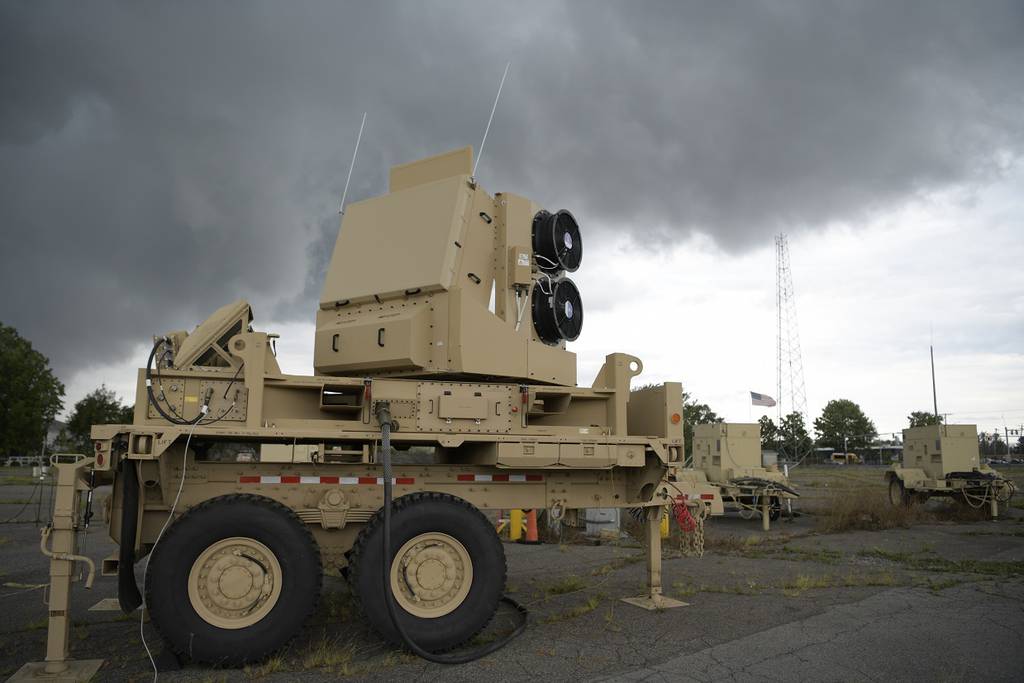Lockheed Martin and the U.S. Army have found a way to speed up delivery of the latest variant of the Sentinel radar by six months to meet capability demands, including integration into the service’s Indirect Fires Protection Capability, or IFPC, system.
Lockheed unveiled its A4 version of the radar at the Association of the U.S. Army’s annual conference on Oct. 11.
The Sentinel A4 active electronically scanned array is the next-generation radar planned to replace the current phase and frequency scanned array in Sentinel A3 and earlier versions.
The air and missile defense radar is able to detect cruise missiles, unmanned aircraft systems, rockets, artillery and mortars, said Mark Mekker, program director of Army radars at Lockheed, but the big difference between the A3 and A4 versions is that the latter can simultaneously identify and track different threat types.
“You don’t have to put it in a dedicated mode. This can do all the modes simultaneously and doubles the range and accuracy,” he said.
Sentinel A4 will be incorporated into the Army’s future integrated air and missile defense system and its IFPC system, and is designed to keep up with the Maneuver-Short Range Air Defense System in formations.
The Army will continue integration of hardware and software for the engineering and manufacturing development A4 radars and now plans to procure five additional Sentinel A4 radars specifically for integration into the IFPC system in fiscal 2022. Those will be delivered in the first quarter of FY23, said Col. Jason Tate, the Army’s program manager for STARE programs. “Search, Track, Acquire, Radiate and Eliminate” programs falls within the purview of Program Executive Office Missiles and Space.
The A3 version “has had upgrades, but that growth was never planned. The A4 has been designed for growth, particularly related to size, weight and power swap. So that’s something that’s already been planned in, and it’s good because it’s going to help continue to grow the capability and help evolve it and help to keep up with the various evolving threats,” Tate said.
The radars will go through soldier evaluation and receive feedback ahead of low-rate initial production, according to FY22 Army budget documents. The service is requesting $120.7 million in FY22 for these activities.
Lockheed and the Army designed and built the A4 version for growth by building an oversized mechanical structure so that more radiant electronics can be added to the system without making any mechanical changes, Mekker said, “so that we can further increase our ranges and our performance of the system.”
If the Army wants to upgrade the A4 radars for additional capability, “it’s really software enhancements, not actual changing of the hardware, which is extremely important because that takes time and it costs more money,” said Chandra Marshall, vice president of radar and sensor systems at Lockheed.
The company is also beginning to focus on the involvement of international partners. There are 15 countries with the A3 version, Mekker said.

US Army, Lockheed find faster path to field air and missile defense radar
Lockheed has found a way to accelerate the Army's critical Sentinel A4 program that will provide radar coverage for major air and missile defense systems coming online.



